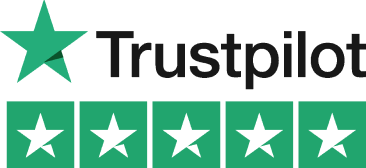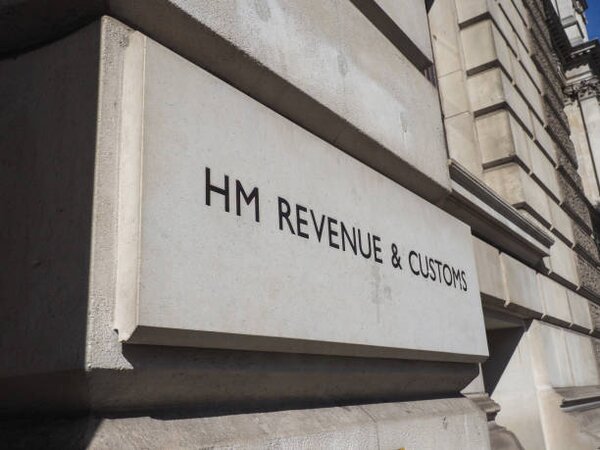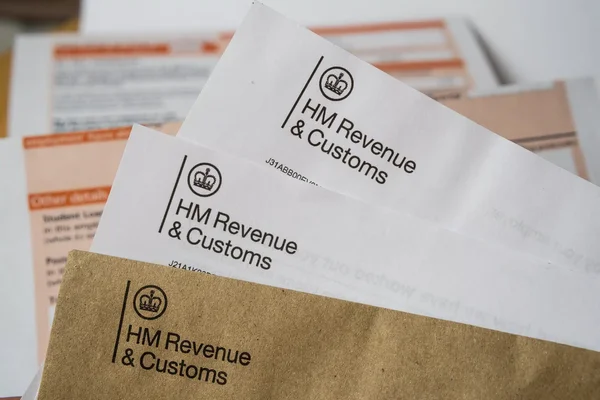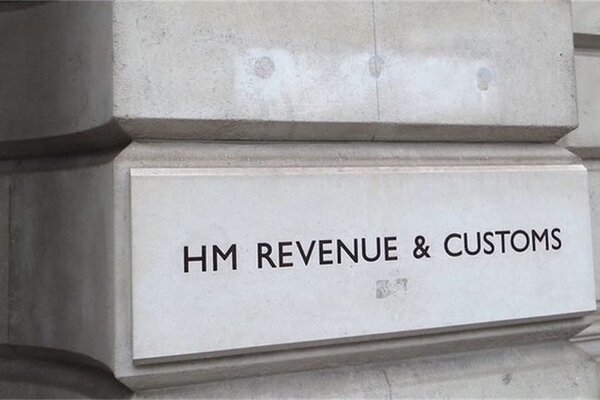Let’s break it down…
If your business is making a profit, there’s one thing you can’t avoid—corporation tax.
It’s the tax UK companies pay on their profits, including trading income, investments, and capital gains. Sounds straightforward, but there are a few details worth knowing, especially when it comes to tax rates and ways to reduce your bill.
For example, smaller companies (with profits up to £250,000) pay 19%, while larger ones pay 25%. And if your business is part of a group? You might be able to use group relief to share losses and lower your overall tax.
In this guide, we’ll walk you through how corporation tax works, who pays what, and how group relief can help.
Let’s get started!
What's the big deal with group relief for corporation tax?
Ever wondered how some company groups seem to pay less tax while staying completely legal? Group relief might be their secret weapon. It lets UK group companies in the same corporate group share their losses, which can slash the amount of corporation tax they need to pay.
It’s perfectly legitimate tax planning that HMRC recognizes. When used correctly, it can save your business thousands of pounds each year by allowing group members to share losses and reduce their overall tax liability. Think of it as the tax system acknowledging that related companies are really part of the same business family.

What exactly is group relief corporation tax?
Group relief is a tax mechanism that allows one UK company to surrender its losses to another company within the same group. The receiving company can then use these losses, referred to as 'loss surrendered', to reduce its taxable profits, leading to a lower corporation tax bill.
It’s all about balancing things out. If one part of your business group is making a loss while another is making profits, why not use that loss to reduce the tax bill? For example, if Company A has a £100,000 loss and Company B has £100,000 profit, Company B could use Company A’s loss and pay zero corporation tax.
In cases of consortium relief, joint ownership forming allows companies to share losses even if they are not closely connected, provided they meet specific ownership requirements.
The rules are set out in the Corporation Tax Act 2010, but don’t worry – we’ll break it down into bite-sized pieces here.
Basic Rules
The basic rules for corporation tax group relief are outlined in the UK tax legislation. For a company to be eligible for group relief, it must be a member of a group of companies, where one company is a 75% subsidiary of another company. The group relief rules allow companies to surrender losses to another company in the same group, which can then use those losses to reduce its taxable profits. The surrendering company must be a UK company, and the claimant company must also be a UK company. The losses that can be surrendered include trading losses, excess interest charges, and management expenses. It is also important to note that group relief notices must be amended if group relief is denied due to artificial tax deduction schemes, emphasizing the importance of compliance with HMRC regulations when claiming group relief.

Corporate Group Structure
A corporate group structure typically consists of a parent company and one or more subsidiary companies. The parent company must own at least 75% of the company's ordinary share capital of the subsidiary company, and the shares must entitle the parent company to 75% of the distributable profits available to the equity holders. The shares must also entitle the parent company to 75% of the company’s assets that are available on a winding up. The group structure can be complex, with multiple layers of subsidiaries, but the basic principle remains the same.
Same Group Conditions
To qualify for group relief, companies must meet specific same group conditions. The primary condition is that the surrendering company and the claimant company must be part of the same group of companies. This means that one company must be the beneficial owner of at least 75% of the other company’s ordinary share capital. The beneficial owner can be achieved through direct or indirect ownership. Additionally, there are detailed rules to test true economic ownership of the company, which consider the rights of all equity holders. These conditions ensure that group relief is only available to companies that are closely connected and can benefit from the relief.
Which companies can qualify for group relief?
To qualify for group relief, there needs to be a 75% relationship between the companies involved. This typically means one company owns at least 75% of the other’s ordinary share capital, or both companies are 75% owned by the same parent company. Else a third company must fulfill this ownership criterion for both companies involved in the relief process.
Additional tests, such as true economic ownership, evaluate the rights and equity holdings of all shareholders to ensure compliance with ownership requirements.
The key thing is this 75% ownership must give the parent company the right to 75% of profits and assets. Foreign companies can be part of a group relief structure too, though there are some extra rules to consider.
Consortium arrangements also qualify for group relief but in a slightly different way – they allow for partial loss sharing based on the ownership percentage.

How do you actually claim group relief?
Claiming group relief is surprisingly straightforward. The company with losses (the surrendering company) agrees to give up its losses to the profitable company. Both companies need to consent to the arrangement, and this must be documented properly.
Claims are typically made in the company tax return of the claimant company, with a notification from the surrendering company specifying the amount of relief. The surrendering company's tax return must also reflect this arrangement accurately. There’s a time limit, though – claims must generally be made within two years of the end of the accounting period.
You can decide exactly how much of the available losses to surrender – it doesn’t have to be all or nothing.
Final thoughts on making the most of group relief
Group relief can be a valuable way for companies within the same group to reduce their overall Corporation Tax liability by sharing losses efficiently.
Understanding the qualifying conditions, claim process, and deadlines is essential to make the most of this relief. If your business is part of a group structure, it’s worth exploring how group relief might help optimise your tax position.











